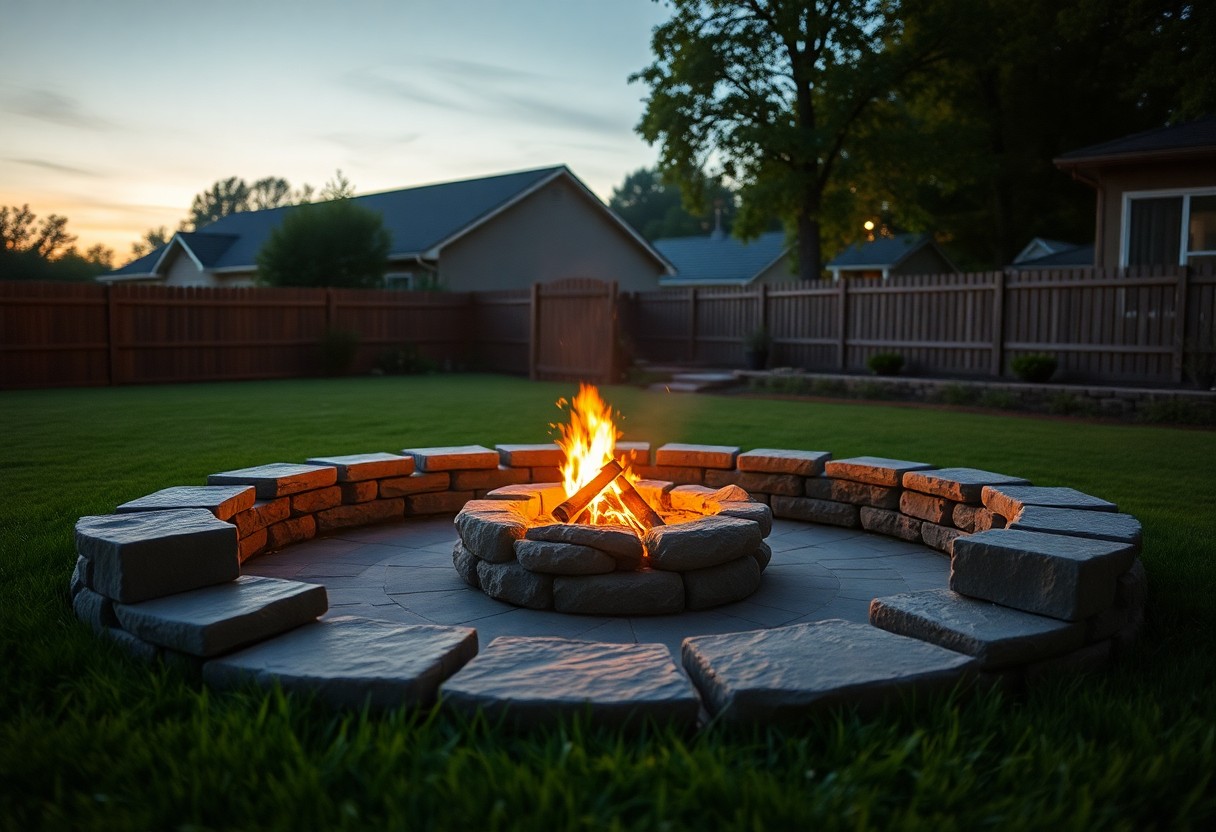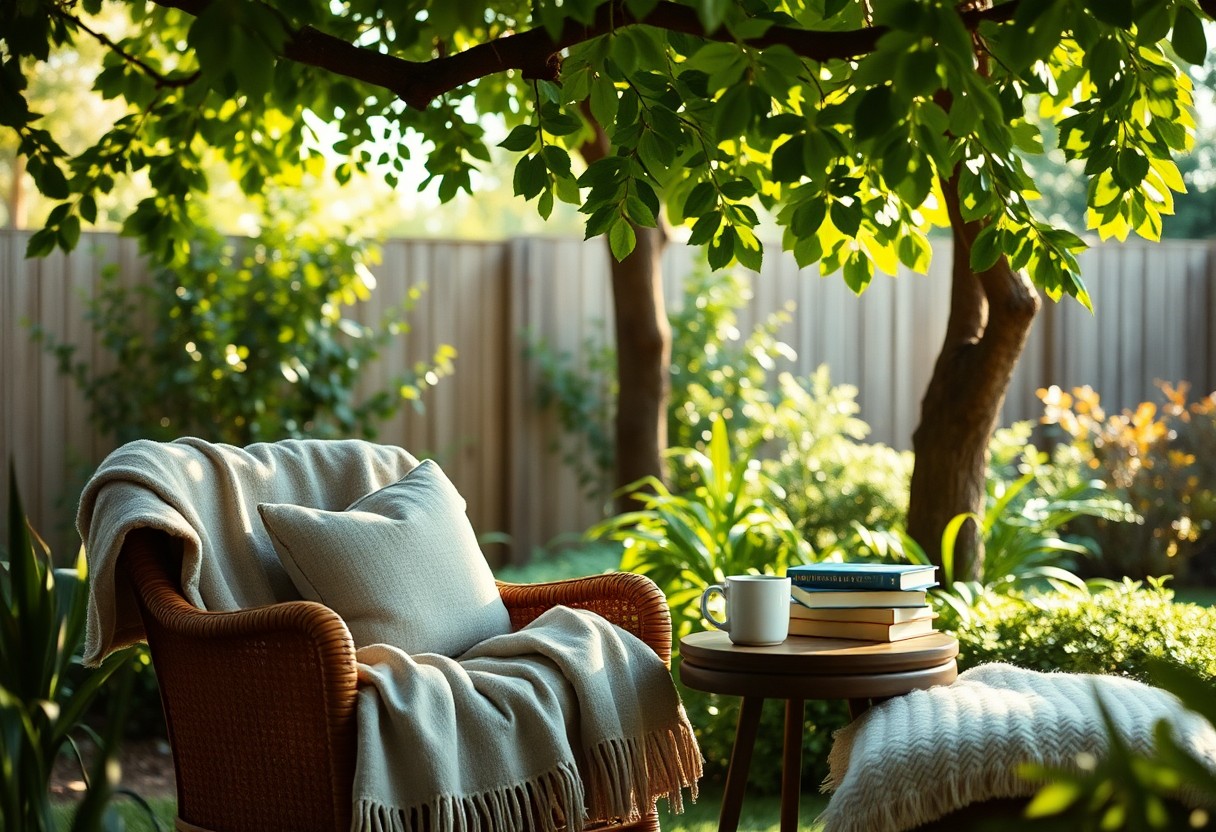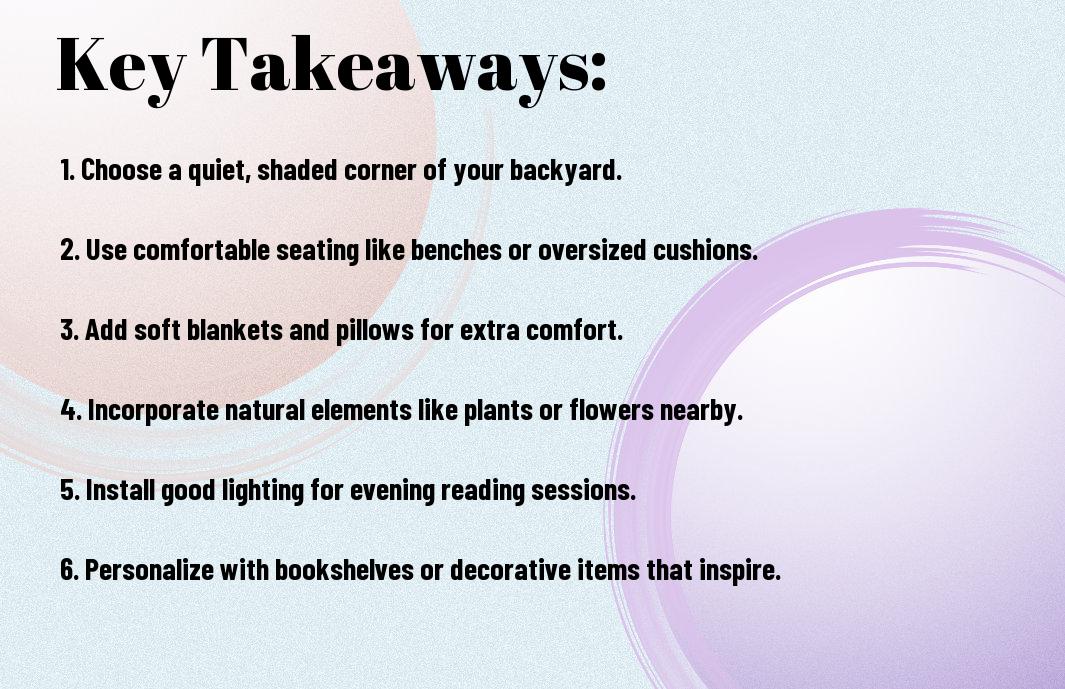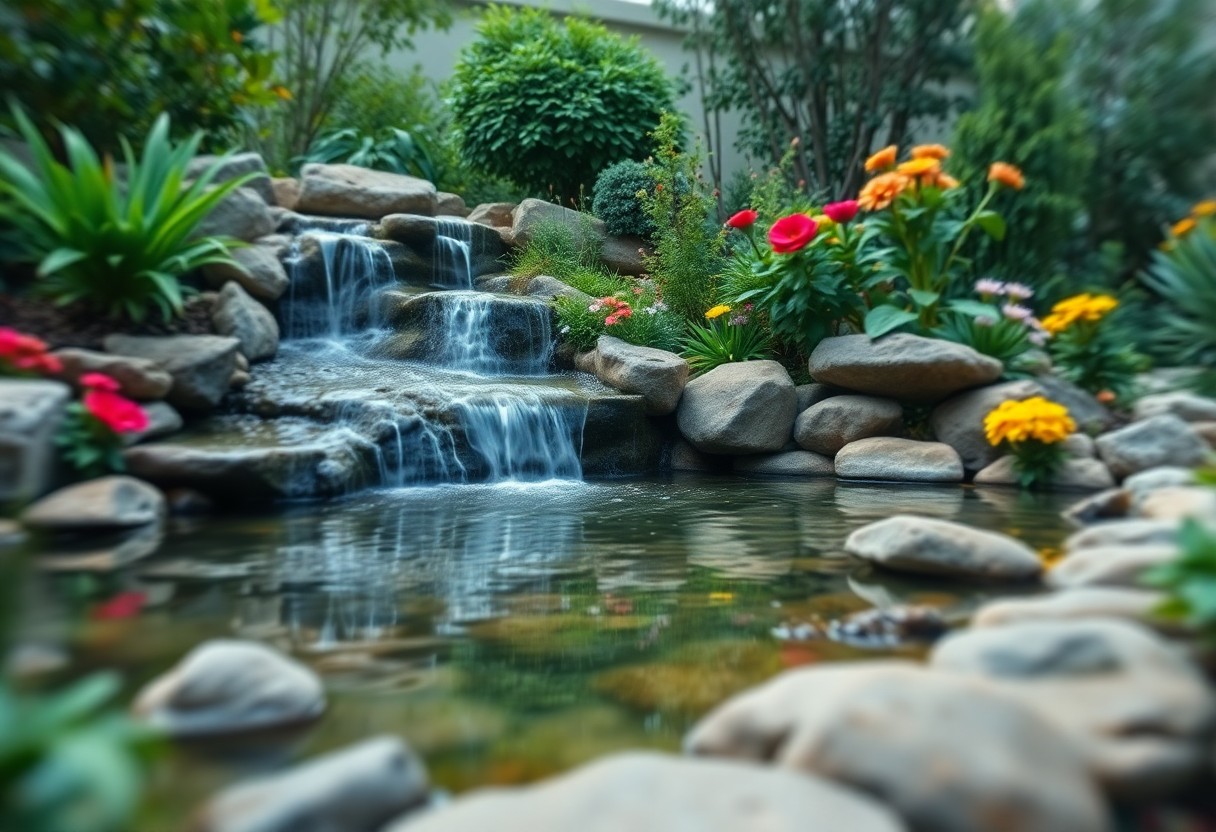To turn your outdoor space into a vibrant party zone, you’ll want to focus on creating an inviting atmosphere. As you prepare for your next gathering, consider checking out 21 Genius Ideas for an Effortless Outdoor Party to get inspired. You can enhance your yard with decorative elements, comfortable seating, and delicious food to make your party a success. By following a few simple steps, you can transform your backyard into a perfect entertainment space that your guests will love.
Key Takeaways:
To make your backyard party-ready, consider the following points:
- Start by assessing your outdoor space and identifying areas that need improvement, such as landscaping and lighting.
- Focus on creating a welcoming atmosphere by setting up comfortable seating areas, adding decorative elements, and incorporating entertainment options like music and games.
- Consider the logistics of your party, including food and beverage options, tables and chairs, and waste management, to ensure a smooth and enjoyable experience for your guests.
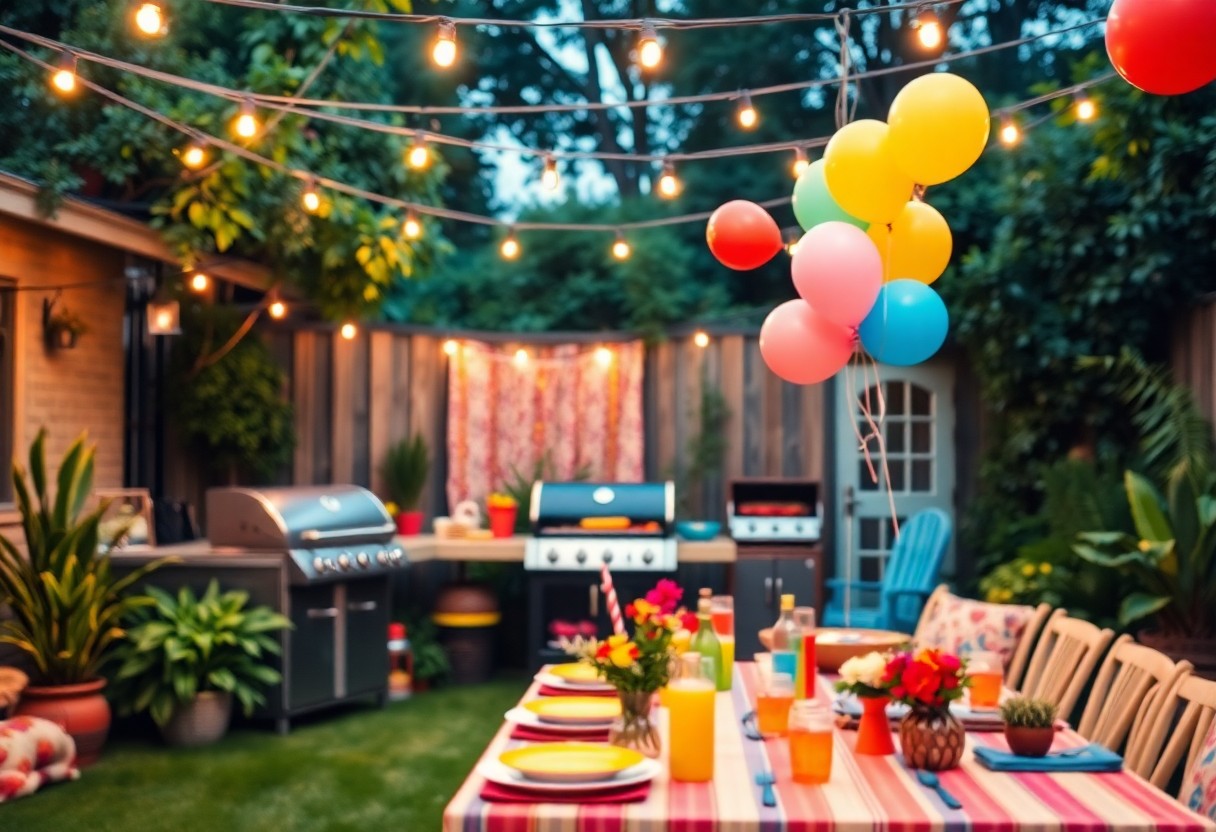
Planning the Perfect Party
While planning a party, you need to consider several factors to make your backyard party-ready. You should start by thinking about the type of party you want to host and the number of guests you plan to invite.
Setting a Theme and Budget
Only by determining a theme and budget can you effectively plan your party. You will be able to decide on decorations, food, and entertainment that fit within your budget and align with your theme.
Creating a Guest List and Schedule
AFTER you have set a theme and budget, you can start creating a guest list and schedule. You should make a list of all the guests you want to invite and create a timeline for the party, including setup, food serving, and entertainment.
Consequently, as you create your guest list and schedule, you will be able to visualize how your party will unfold. You can then make adjustments as needed to ensure that everything runs smoothly and that your guests have a great time. You can also use this opportunity to send out invitations and start planning the party layout, including seating, tables, and other logistics.
Outdoor Decor and Ambiance
It is important to consider the overall aesthetic you want to achieve in your backyard party. You can find inspiration on How to Plan a Backyard Party | The Table by Harry & David to create a welcoming atmosphere.
Lighting and Furniture Arrangements
Besides the decorations, you should also think about lighting and furniture arrangements to create a cozy ambiance, allowing your guests to mingle and socialize comfortably.
Adding Decorative Elements and Textiles
Before finalizing your outdoor decor, consider adding decorative elements and textiles, such as throw pillows, rugs, and flowers, to give your backyard a personal touch.
Hence, as you add decorative elements and textiles, you will notice how they can elevate your backyard party’s ambiance, making it more inviting and reflective of your personal style, allowing you to create a unique and memorable experience for your guests.
Food and Beverage Options
Keep your party exciting with a variety of food and beverage options. You can choose from casual BBQs to formal dining, depending on your party theme and guest preferences. Your food and beverage choices will set the tone for your party, so choose wisely.
Menu Planning and Recipes
By considering your guests’ dietary restrictions and preferences, you can plan a menu that everyone will enjoy. You can find inspiration online or in cookbooks, and make sure to test your recipes before the party to ensure they turn out well.
Bar and Beverage Stations
Matching your bar and beverage stations to your party theme will add to the ambiance. You can set up a signature cocktail station or offer a variety of soft drinks and juices.
Also, consider setting up a DIY drink station with different flavors and garnishes, allowing your guests to create their own signature drinks. You can also hire a professional bartender to create unique cocktails for your party, or have a wine and cheese tasting station with a selection of fine wines and artisanal cheeses.
Entertainment and Activities
Not only is entertainment imperative for a party, but it also sets the tone for your backyard gathering. You can find inspiration for planning the ultimate backyard party by visiting 50 Tips for Planning the Ultimate Backyard Get-Together to make your event unforgettable.
Music and Games
The key to a successful party is creating an engaging atmosphere, and you can achieve this by selecting the right music and games that your guests will enjoy, allowing you to relax and have fun with your company.
Lawn Games and Outdoor Fun
Below the beautiful summer sky, you can set up various lawn games, such as cornhole, giant Jenga, or a badminton net, to keep your guests entertained and active throughout the party.
With these games in place, you’ll be able to create a lively and festive atmosphere that encourages socializing and friendly competition among your guests, making your backyard party an unforgettable experience for everyone involved, and allowing you to enjoy your carefully planned event.
Preparing the Yard
Many factors contribute to a party-ready yard, and it starts with a well-maintained outdoor space. You’ll want to ensure your yard is inviting and comfortable for your guests.
Cleaning and Landscaping
With a focus on curb appeal, you’ll want to tidy up your yard by mowing the lawn, trimming bushes, and clearing debris. This will create a clean canvas for your party setup.
Setting Up Outdoor Spaces
Likewise, designing your outdoor spaces is key to creating a functional and enjoyable area for your guests. You’ll want to consider the flow of traffic and the placement of seating, tables, and other amenities.
And as you set up your outdoor spaces, you’ll also want to think about the ambiance you want to create, from lighting to music, to ensure your party is memorable and enjoyable for you and your guests. You can add decorative elements, such as string lights or lanterns, to create a warm and inviting atmosphere, making your backyard the perfect spot for your next gathering.
Safety and Logistics
Your backyard party’s success relies on careful planning, including safety and logistics considerations to ensure a fun and incident-free event for your guests.
Seating and Accessibility
Logically, you’ll want to arrange seating to accommodate all your guests, considering accessibility for elderly or disabled attendees, and provide ample space for mingling and movement.
Parking and Restrooms
Around the party area, you’ll need to designate parking spaces and provide accessible restrooms to keep your guests comfortable and convenient throughout the event.
Further, consider hiring portable restroom facilities if your home’s restrooms are insufficient, and direct guests to parking areas to avoid congestion and ensure a smooth flow of traffic in and out of your backyard party.
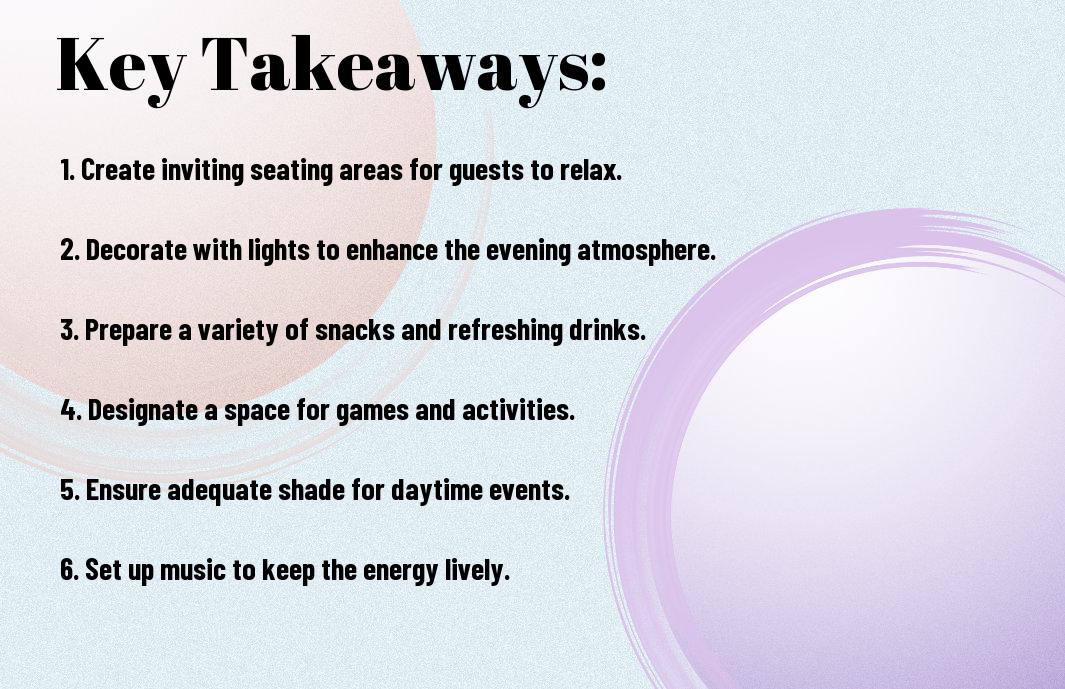
To wrap up
With these considerations, you can create a backyard oasis that’s perfect for entertaining. You’ll be able to host memorable parties and gatherings that your guests will cherish. By following these tips, you’ll have a party-ready backyard that reflects your personal style and meets your needs. Your outdoor space will be transformed into a vibrant and inviting area, allowing you to make the most of your outdoor living experience.
FAQ
Q: What are the first steps to make my backyard party-ready?
A: To make your backyard party-ready, start by cleaning and decluttering the area. Remove any unwanted items, toys, or furniture that may be broken or unsightly. Mow the lawn, trim the bushes, and prune any trees or plants to create a well-manicured outdoor space. This will provide a blank canvas for you to design and decorate your party area.
Q: How can I create a functional and inviting outdoor seating area?
A: To create a functional and inviting outdoor seating area, consider arranging your furniture in conversation circles to encourage guests to socialize. Use a mix of comfortable seating options, such as sofas, armchairs, and ottomans, and add decorative elements like throw pillows, blankets, and rugs to create a cozy atmosphere. You can also add outdoor heating or cooling elements, like fire pits or misting fans, to extend the party season.
Q: What types of lighting can I use to create a festive ambiance in my backyard?
A: There are several types of lighting you can use to create a festive ambiance in your backyard, including string lights, lanterns, and fairy lights. You can hang them from trees, gazebos, or pergolas to create a whimsical and magical atmosphere. Solar-powered lights are also a great option, as they are energy-efficient and eco-friendly. Additionally, you can use tabletop torches or candles to add a warm and intimate glow to your outdoor seating areas.
Q: How can I keep my guests entertained and engaged during the party?
A: To keep your guests entertained and engaged, consider setting up outdoor games, such as cornhole, giant Jenga, or a badminton net. You can also create a DIY photo booth with props and backdrops for guests to take pictures. If you have a pool, consider setting up a pool volleyball net or a floating obstacle course. Additionally, you can hire a DJ or a live band to keep the party music going and get your guests dancing.
Q: What are some tips for keeping my backyard party organized and stress-free?
A: To keep your backyard party organized and stress-free, create a checklist of tasks to complete before the party, such as setting up tables, chairs, and decorations, and prepping food and drinks. Consider enlisting the help of friends or family members to assist with setup, serving, and cleanup. You can also set up designated areas for food, drinks, and desserts to keep things organized and easy to navigate. Finally, have a plan in place for inclement weather, such as a tent or indoor backup space, to ensure your party goes off without a hitch.
